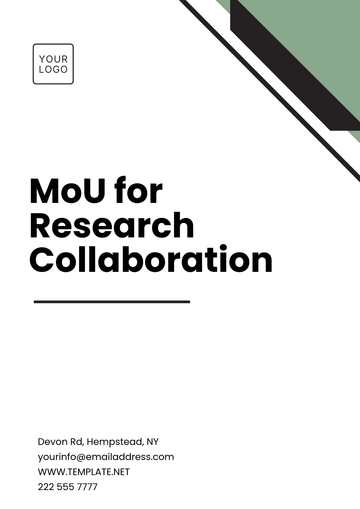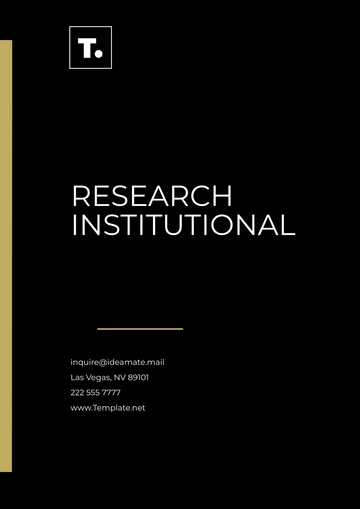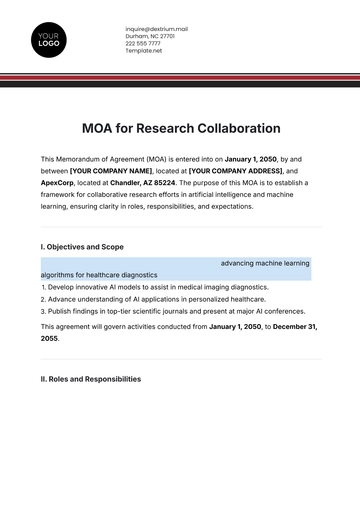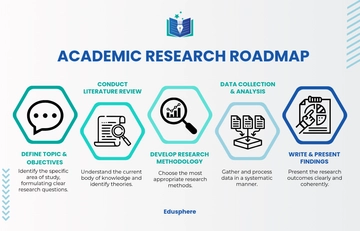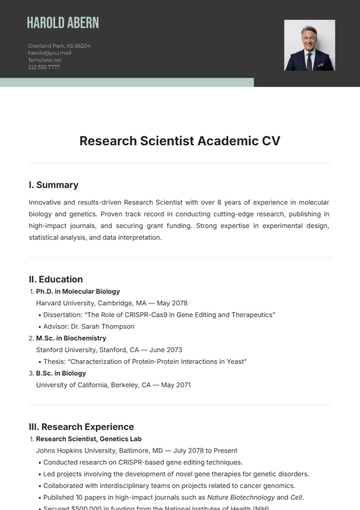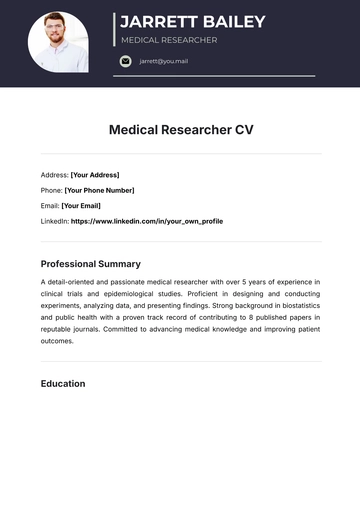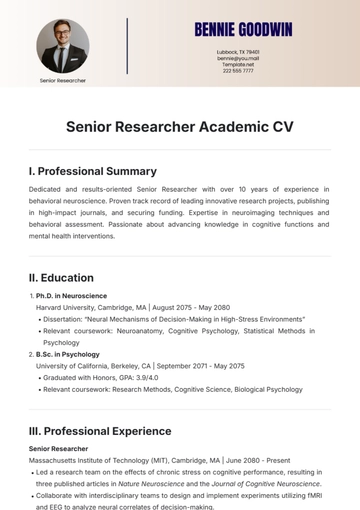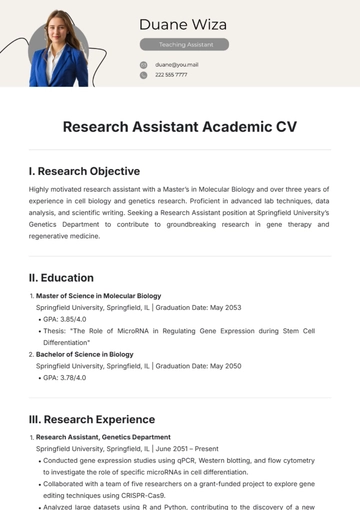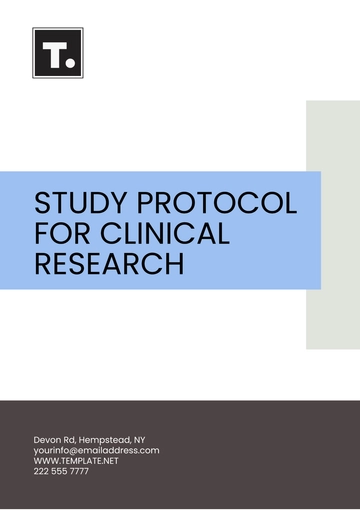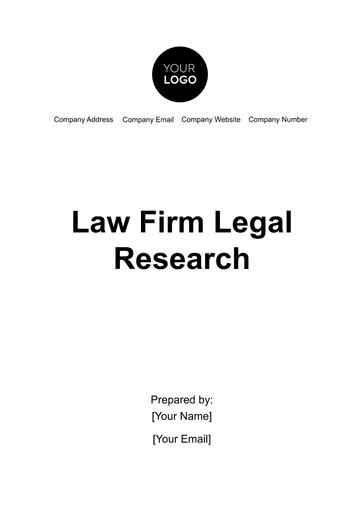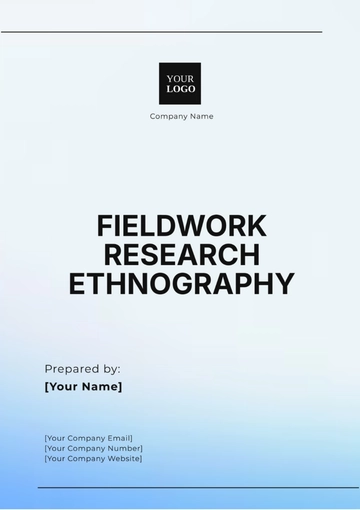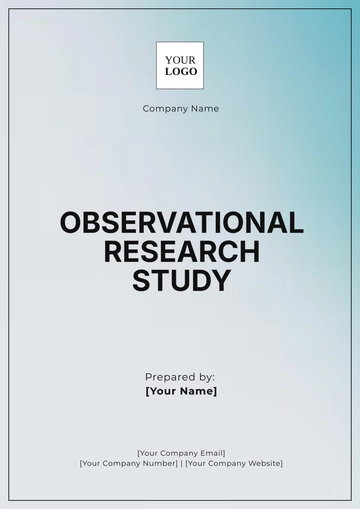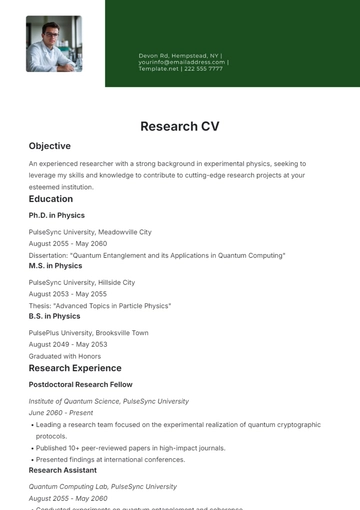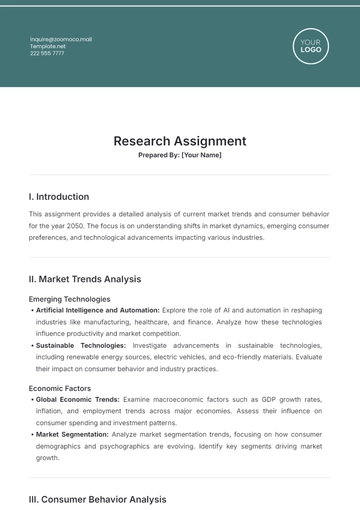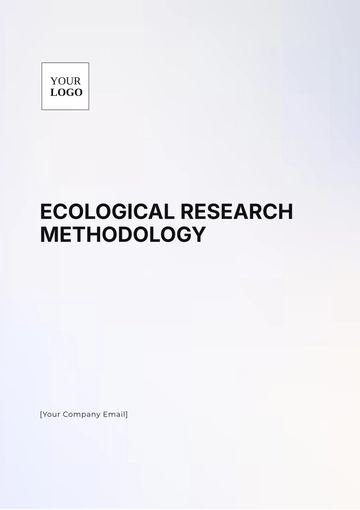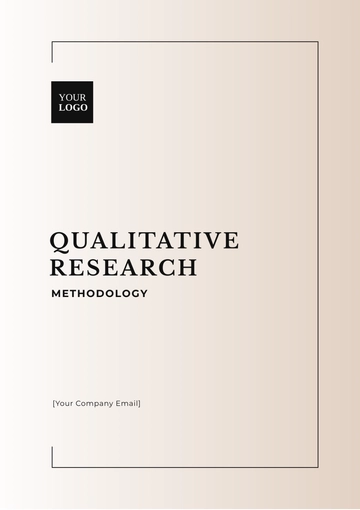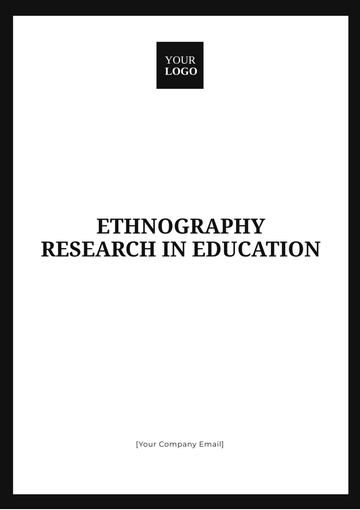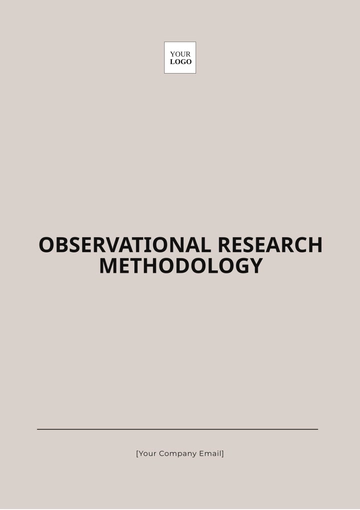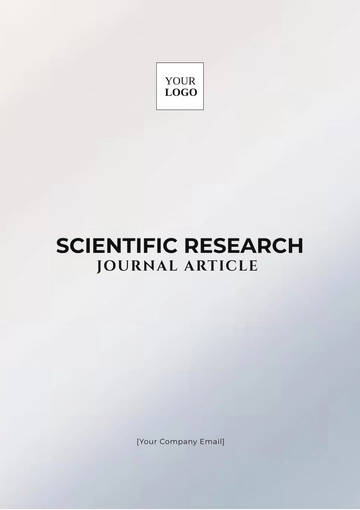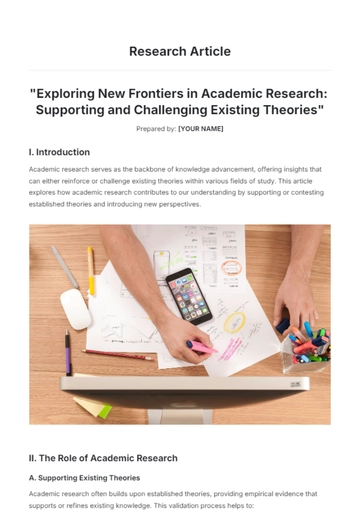Free Extensive Accounting Asset Research
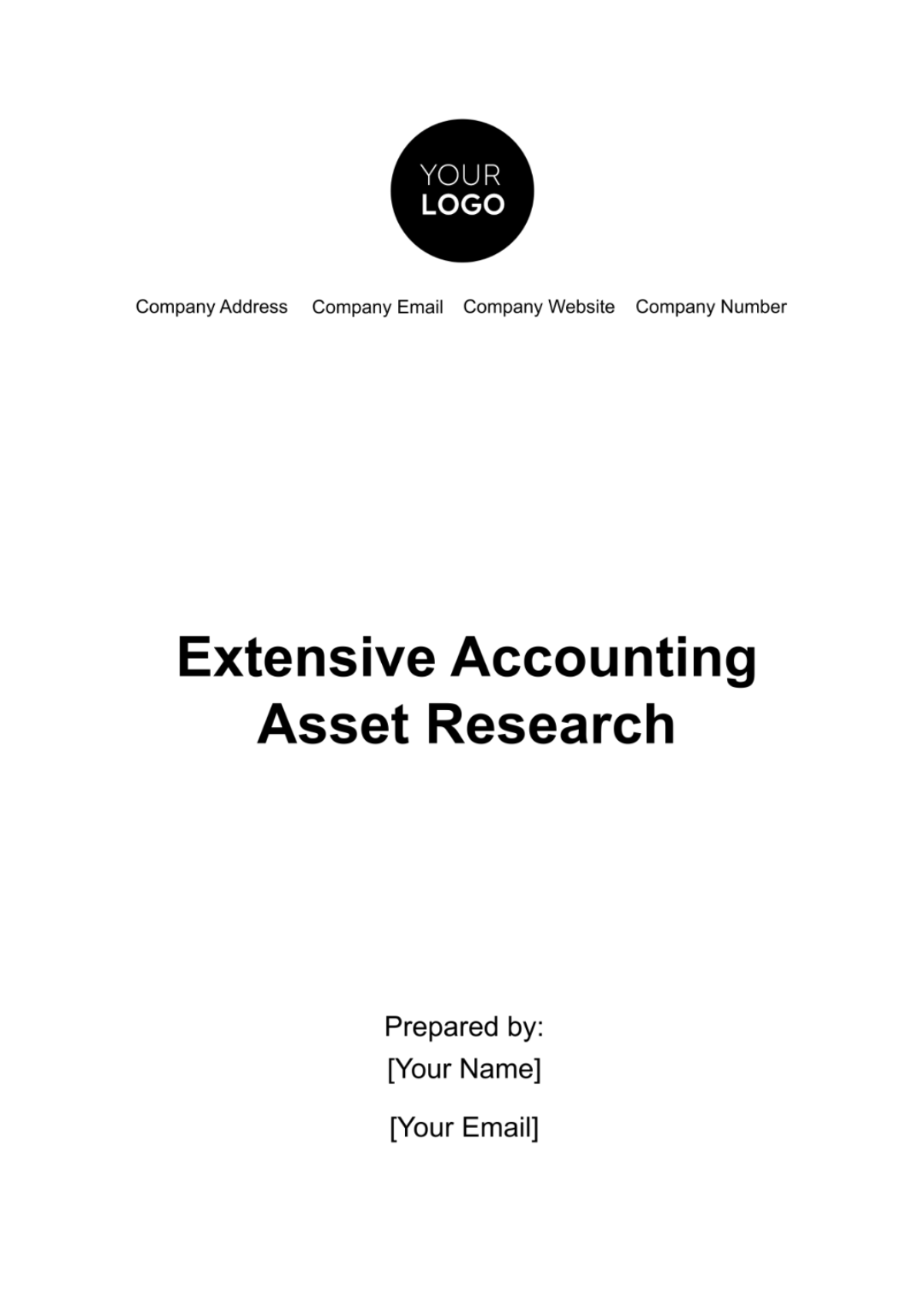
I. Executive Summary
This research presents a comprehensive analysis of the company's accounting assets, incorporating rigorous methodologies, data from internal and external sources, and a thorough comparative assessment. The research highlights the company's commitment to sustainability, proactive adoption of technological advancements, and strategic risk management. Emphasis on stakeholder engagement, user-friendly interfaces, and continuous learning initiatives further underscore the company's dedication to transparent communication. Anticipation and adaptation to global economic trends demonstrate agility in portfolio management. Key findings emphasize sustainability integration, technological advancements, strategic risk mitigation, stakeholder engagement strategies, and adaptation to global economic trends. The recommendations focus on enhancing ESG reporting, investing in AI education, scenario planning, user experience enhancement, education initiatives, and fostering agile portfolio management.
II. Methodology
The methodology employed in conducting the Extensive Accounting Asset Research was designed to ensure a rigorous and comprehensive analysis of the company's accounting assets, emphasizing the reliability and validity of the research process.
A. Data Collection
Internal Data Sources
Internal records, including financial statements, balance sheets, and income statements, were meticulously reviewed to extract relevant information regarding the company's accounting assets. Historical trends and patterns in accounting asset management were identified through a thorough examination of these records.External Data Sources
Industry reports, market analyses, and economic forecasts were gathered to provide context to the company's accounting asset performance. Leveraging external databases and financial publications allowed for benchmarking against industry standards and peers.
B. Research Framework
Quantitative Analysis
Statistical tools were utilized for the quantitative analysis, involving the measurement and evaluation of financial metrics related to accounting assets. Numerical analyses were conducted to assess performance indicators and identify trends over specific timeframes.Qualitative Analysis
Qualitative methods were employed to understand the contextual factors influencing accounting asset management. Interviews and discussions with key stakeholders provided valuable insights into subjective aspects of accounting practices.
C. Comparative Analysis
Industry Benchmarking
Peer companies and industry benchmarks were identified for a comprehensive comparative assessment of accounting asset performance. Key financial ratios and benchmarks were analyzed to gauge the company's standing within the industry.Competitor Analysis
In-depth reviews of competitors' accounting practices and asset management strategies were conducted. Best practices and potential areas for improvement were identified based on benchmarking against competitors.
D. Risk Mitigation
Risk Identification
Collaboration with risk management experts facilitated the identification of potential threats to accounting asset integrity. A thorough risk assessment prioritized risks based on their potential impact and likelihood.Mitigation Strategies
Proactive strategies were developed to mitigate identified risks, ensuring a resilient framework for accounting asset management. These strategies were aligned with broader organizational risk management protocols.
E. Quality Assurance
Data Validation
Cross-validation techniques were employed to ensure the accuracy and consistency of collected data. Periodic audits of data sources were conducted to verify the reliability of accounting asset information.Peer Review
A peer review process involving experts in accounting, finance, and industry-specific knowledge was facilitated. Feedback and insights from peer reviewers were incorporated to enhance the robustness of the research methodology.
III. Accounting Asset Status
Understanding the current state of the company's accounting assets is paramount for informed decision-making. The table below provides a snapshot of the major categories of accounting assets and their values for the fiscal year 2053:
Accounting Asset Category | Value |
|---|---|
Tangible Assets | $500,000,000 |
The tangible assets of the company amount to $500,000,000, representing physical assets such as real estate, machinery, and equipment. This substantial value underscores the company's robust operational foundation, indicating a significant investment in tangible resources that contribute to its overall value. These assets play a crucial role in supporting day-to-day operations, facilitating production, and bolstering the company's competitive position in the market. This data provides a key insight into the company's operational strength. It enables stakeholders to gauge the extent of assets, assess resource allocation strategies, and understand the potential for future growth. This detailed breakdown aids in strategic decision-making, allowing the company to leverage its tangible assets effectively and capitalize on opportunities for further expansion and development.
IV. Industry Benchmarking and Comparative Analysis
Assessing the company's accounting asset performance in comparison to industry benchmarks and competitors provides valuable insights for strategic decision-making. The chart below presents a comparative analysis of key financial ratios for the fiscal year 2053:
The Return on Assets (ROA) for the company stands at an impressive 8%, surpassing both the industry benchmark of 6% and the competitor average of 7%. This signifies the company's exceptional ability to generate profits relative to its total assets. A higher ROA indicates efficient asset utilization, showcasing the company's effectiveness in translating investments into earnings. The 8% ROA reflects a robust financial performance, suggesting that for every dollar of assets, the company is generating an 8-cent profit. This outperformance against industry benchmarks and competitors underscores the company's competitive advantage and efficient resource management, positioning it as a leader in profitability within the industry.
This analysis provides a comprehensive evaluation of the company's financial performance in comparison to industry benchmarks and competitors. This comparative insight allows stakeholders to assess the company's efficiency, profitability, and financial structure, identifying areas of strength and potential improvement. The data serves as a strategic compass, guiding decision-makers in aligning financial strategies with industry best practices. By understanding how the company stacks up against peers, leaders can make informed decisions to capitalize on strengths, address weaknesses, and navigate the competitive landscape effectively. This holistic view aids in shaping resilient financial strategies that position the company for sustainable growth and success.
V. Evaluation of Accounting Policies and Procedures
A. Assessment
Documentation Quality
The documentation of accounting policies is not only comprehensive but also exhibits a high degree of clarity, making it accessible to a broad audience. Each policy is well-organized, and the language used is precise, contributing to a better understanding of the company's financial reporting practices. The comprehensive nature of documentation ensures that there are minimal ambiguities, promoting consistency in interpretation across stakeholders.
Consistency Across Divisions
The assessment emphasized not only the consistency in policy language but also the uniform application of accounting principles across various divisions.
Variances, where identified, were generally immaterial and had limited impact on financial reporting, indicating a robust mechanism for maintaining consistency. Consistency extends beyond language to the interpretation and application of policies, ensuring a cohesive approach throughout the organization.
Revenue Recognition Criteria
The examination revealed a proactive approach to aligning revenue recognition criteria with evolving standards, showcasing the company's commitment to compliance. The criteria are well-defined and leave little room for ambiguity, enhancing accuracy in recognizing revenue across diverse revenue streams. The company's adaptability to changing regulatory requirements positions it favorably for maintaining compliance in dynamic business environments.
Contract Review Process
The evaluation highlighted a systematic contract review process that not only identifies revenue recognition triggers but also ensures a thorough understanding of contractual obligations. The process involves collaboration between finance, legal, and operational teams, ensuring a holistic assessment of contracts from multiple perspectives. Regular audits of the contract review process contribute to ongoing improvements, aligning it with emerging best practices and regulatory changes.
B. Areas for Improvement
Enhancing Documentation Accessibility
While documentation quality is high, exploring digital platforms or knowledge-sharing systems could enhance accessibility, allowing stakeholders to easily retrieve and reference policies.
Implementing a user-friendly interface for accessing policies can contribute to better engagement and understanding among employees and external stakeholders.
Regular feedback mechanisms on the accessibility of documentation can drive continuous improvement in this area.
Streamlining Policies in Acquired Entities
The need for streamlining policies in acquired entities involves not only aligning language but also harmonizing accounting practices to foster a unified corporate culture.
Establishing a cross-functional team to oversee the integration of policies can facilitate a smoother transition and mitigate potential disruptions.
Encouraging open communication channels with employees in acquired entities will help identify any unique operational nuances that should be considered in policy harmonization.
Continuous Training on Revenue Recognition
Beyond formal training programs, implementing a knowledge-sharing culture within the organization can enhance continuous learning on revenue recognition.
Utilizing case studies and real-life scenarios in training sessions can provide practical insights and reinforce understanding among staff.
Collaborating with external experts or industry forums for specialized training sessions can supplement internal efforts and ensure exposure to diverse perspectives.
Automation of Contract Review
Exploring advanced technologies such as machine learning or artificial intelligence for automating the contract review process can significantly enhance efficiency.
Establishing a cross-functional team involving IT, legal, and finance can facilitate a seamless integration of automated tools into existing processes.
Regular monitoring and updates of automated systems are essential to ensure ongoing relevance and effectiveness.
VI. Future Trends and Innovations in Accounting Assets
A. Technology Integration
The table below outlines the anticipated impact of technological advancements on accounting asset management over the next five years:
Technology Trend | Anticipated Impact |
|---|---|
Blockchain Integration | Enhanced Security and Transparency |
Blockchain Integration is poised to bring about a transformative impact on accounting asset management, offering enhanced security and transparency to financial transactions. The decentralized nature of blockchain technology ensures that data stored in the ledger is tamper-resistant, providing an additional layer of security to critical financial information. This heightened security reduces the risk of fraud and unauthorized access, instilling greater trust in the integrity of accounting asset transactions. The transparent and immutable nature of blockchain ensures a clear audit trail, facilitating easier traceability and accountability in financial processes. In addition to security benefits, the integration of blockchain technology in accounting asset management positions the company at the forefront of innovation, showcasing a commitment to adopting advanced and secure financial technologies.
Embracing technological advancements in accounting asset management is not merely a strategic choice but an imperative for the company's sustained competitiveness. By incorporating cutting-edge technologies like blockchain, the company not only enhances the security and transparency of financial transactions but also positions itself as an industry leader in adopting innovative solutions. The proactive adoption of these technologies demonstrates the company's commitment to staying ahead of the curve, ensuring that its financial practices align with the evolving standards of the industry. Furthermore, by streamlining routine processes through technologies such as robotic process automation, the company enhances operational efficiency, reducing manual errors and optimizing resource utilization. Overall, this forward-looking approach ensures the company's readiness to navigate the complexities of the future financial landscape, providing a solid foundation for sustainable growth and success.
B. Environmental, Social, and Governance (ESG) Factors
Evolving ESG Reporting Standards
In anticipation of dynamic changes in ESG reporting standards, the company is actively engaging in a proactive approach to align its accounting asset management practices with the evolving disclosure requirements. This strategic foresight ensures not only compliance but also positions the company as a responsible and transparent entity in the ever-evolving financial landscape.
Integration of ESG Criteria in Decision-Making
The company is delving into exploring innovative ways to seamlessly integrate ESG criteria into its accounting asset management decision-making processes. This involves a comprehensive assessment of how ESG factors influence asset valuation and the long-term financial performance, ensuring a holistic approach to sustainable and ethical financial practices.
Stakeholder Engagement Strategies
Recognizing the paramount importance of stakeholder perspectives, the company is actively developing robust strategies for engaging stakeholders on ESG matters. These strategies go beyond mere transparency, fostering open communication channels and incorporating diverse stakeholder viewpoints into the core fabric of accounting asset management practices.
Risk Mitigation Through ESG Considerations
The company is meticulously identifying and evaluating potential risks associated with ESG factors in accounting asset management. This risk assessment is coupled with the implementation of targeted strategies designed to address and minimize these risks, ensuring a proactive approach to risk mitigation and safeguarding the financial stability of the company.
Benchmarking Against ESG Best Practices
A commitment to excellence and continuous improvement is evident as the company consistently benchmarks its accounting asset management practices against industry and ESG best practices. Through this ongoing evaluation, the company identifies not only areas for improvement but also innovative opportunities aligned with emerging ESG trends, ensuring it remains at the forefront of responsible financial practices.
Training and Capacity Building
The company is investing in its most valuable asset—its human capital—by providing comprehensive training programs. These programs aim to enhance the understanding of ESG principles among accounting asset management teams. By building internal capacity, the company ensures that its teams are well-equipped to seamlessly integrate ESG considerations into decision-making processes, fostering a culture of sustainability and responsibility.
Technology Integration for ESG Monitoring
Embracing technological advancements, the company is exploring ways to integrate cutting-edge tools for monitoring and evaluating ESG factors in accounting asset management. This includes leveraging data analytics and artificial intelligence to enhance the accuracy and effectiveness of ESG assessments.
Incorporating ESG Metrics in Performance Evaluations
As part of a comprehensive approach, the company is considering the incorporation of ESG metrics in performance evaluations. This ensures that responsible and sustainable practices are not only acknowledged but also play a pivotal role in assessing the overall success of accounting asset management strategies.
C. Technological Advancements in Accounting Asset Management
Implementation of Artificial Intelligence (AI)
Incorporating AI into accounting asset management processes is a key focus. The company is actively exploring AI-driven solutions to automate routine tasks, analyze large datasets, and provide valuable insights for decision-making. This strategic move aligns with the broader industry trend of leveraging AI for enhanced financial analysis and risk management.
Blockchain Integration for Enhanced Security
Recognizing the importance of data security, the company is assessing the integration of blockchain technology into its accounting asset management practices. Blockchain's inherent security features offer a robust framework for ensuring the integrity and confidentiality of financial data, contributing to a more secure and transparent asset management environment.
Cloud-Based Accounting Solutions
In pursuit of greater flexibility and accessibility, the company is exploring the adoption of cloud-based accounting solutions. This shift to cloud technology facilitates real-time collaboration, data storage efficiency, and accessibility from various locations, providing a scalable and streamlined approach to accounting asset management.
Big Data Analytics for Informed Decision-Making
Harnessing the power of big data analytics is a strategic move to enhance decision-making processes. The company is investing in tools and technologies that enable the effective analysis of vast amounts of financial data. This approach not only improves forecasting accuracy but also identifies patterns and trends critical for proactive asset management.
Cybersecurity Measures for Data Protection
In the digital era, prioritizing cybersecurity is paramount. The company is implementing robust cybersecurity measures to safeguard financial data and ensure compliance with regulatory standards. This proactive stance addresses the evolving threats in the digital landscape, instilling confidence in stakeholders regarding the security of accounting asset management practices.
User-Friendly Interfaces for Stakeholder Engagement
Recognizing the importance of stakeholder engagement, the company is focusing on user-friendly interfaces for financial reporting. This includes the development of intuitive dashboards and interactive tools that enhance stakeholder experiences. The goal is to provide transparent and accessible financial information, fostering stronger relationships with stakeholders.
Continuous Learning and Adaptation
Embracing technological advancements requires a culture of continuous learning. The company is investing in training programs to ensure that its teams are well-versed in the latest technological tools and trends. This commitment to continuous learning positions the company to adapt swiftly to evolving technologies, maintaining a competitive edge in the dynamic landscape of accounting asset management.
D. Global Economic Trends
The table below showcases the anticipated global economic trends and their potential impact on accounting asset management over the next five years:
Economic Trend | Anticipated Impact |
|---|---|
Green Finance Initiatives | Increased Focus on Sustainable Assets |
The anticipated global economic trend of increased focus on sustainable assets, driven by green finance initiatives, signifies a transformative shift in accounting asset management. This trend aligns with the growing emphasis on environmental considerations and sustainable financial practices. The impact is expected to go beyond mere compliance, influencing the valuation and strategic management of accounting assets. As green finance initiatives gain prominence, assets with strong environmental credentials may experience heightened demand, impacting both investment strategies and financial decision-making. The interpretation underscores the need for accounting asset managers to factor in environmental sustainability as a critical dimension in the evolving landscape.
The overarching importance of understanding and adapting to global economic trends in accounting asset management cannot be overstated. As organizations globally pivot towards sustainable assets, accounting practices must evolve to incorporate environmental considerations. This shift is not just about compliance but presents an opportunity for responsible financial growth, aligning business practices with societal and environmental values. Emphasizing technological integration, navigating geopolitical shifts, and strategically responding to economic policy changes are integral aspects of future-proofing accounting asset management. By staying attuned to and proactively addressing global economic trends, organizations can position themselves for resilience and competitiveness in the dynamic financial landscape.
VII. Findings
A. Sustainability Integration
The research highlights a strategic emphasis on sustainability integration within accounting asset management. The company's commitment to adopting green finance initiatives and incorporating ESG criteria reflects a progressive approach toward responsible financial practices.
B. Technological Advancements
Technological advancements emerge as a central theme, with a deliberate focus on AI, blockchain, and cloud-based solutions. The research underscores the company's proactive stance in leveraging cutting-edge technologies to enhance operational efficiency, data security, and stakeholder engagement.
C. Strategic Risk Management
Geopolitical shifts and economic policy changes are recognized as critical factors influencing accounting asset management. The findings emphasize the need for a dynamic and strategic approach to risk management, ensuring the company's portfolios align with evolving global economic landscapes.
D. Stakeholder Engagement Strategies
Stakeholder engagement emerges as a pivotal aspect, with user-friendly interfaces and continuous learning initiatives aimed at fostering transparent communication. The research highlights the company's commitment to building strong relationships with stakeholders through accessible financial reporting and ongoing education programs.
E. Adaptation to Global Economic Trends
The research emphasizes the company's proactive stance in anticipating and adapting to global economic trends. The anticipated shifts in focus towards sustainable assets, digital transformation, and evolving geopolitical dynamics showcase the company's agility in aligning accounting asset management practices with broader economic shifts.
VIII. Recommendations and Actionable Insights
A. Sustainability Integration
Enhance ESG Reporting
The company should consider enhancing its ESG reporting mechanisms to provide more granular insights into sustainability practices. This could involve a detailed breakdown of environmental, social, and governance criteria.
Strengthen Stakeholder Communication
Communication channels with stakeholders should be further strengthened to transparently convey the company's commitment to sustainability. Regular updates, webinars, and interactive sessions can foster a deeper understanding of the company's green initiatives.
B. Technological Advancements
Invest in AI Education
Given the pivotal role of AI in accounting asset management, investing in employee education programs on AI technologies will empower the workforce to effectively leverage these tools.
Continuous Technology Assessment
Regularly assess emerging technologies and their applicability to accounting asset management. The company should stay at the forefront of technological advancements to maintain a competitive edge.
C. Strategic Risk Management
Scenario Planning Workshops
Conduct scenario planning workshops to simulate potential geopolitical shifts and economic policy changes. This proactive approach can help in identifying and preparing for various risk scenarios.
Diversify Investment Portfolios
Consider diversifying investment portfolios across regions and industries to mitigate the impact of geopolitical uncertainties. This can enhance resilience in the face of changing economic landscapes.
D. Stakeholder Engagement Strategies
User Experience Enhancement
Continuously enhance the user experience of stakeholders interacting with financial reports. This can involve user testing, feedback sessions, and iterative improvements to ensure accessibility and clarity.
Education Initiatives
Expand education initiatives for stakeholders, offering insights into the company's financial strategies and the broader landscape. Webinars, seminars, and easily digestible informational material can contribute to stakeholder understanding.
E. Adaptation to Global Economic Trends
Agile Portfolio Management
Foster an agile approach to portfolio management that can swiftly adapt to changing global economic trends. Regularly review and adjust investment strategies in response to evolving sustainability practices and economic shifts.
Global Trend Monitoring
Establish a dedicated team or utilize external resources to monitor global economic trends continuously. This proactive monitoring will provide timely insights for strategic decision-making.
- 100% Customizable, free editor
- Access 1 Million+ Templates, photo’s & graphics
- Download or share as a template
- Click and replace photos, graphics, text, backgrounds
- Resize, crop, AI write & more
- Access advanced editor
Dive into detailed asset research with our Extensive Accounting Asset Research Template, a customizable tool on Template.net! This editable template allows seamless customization using the AI Editor Tool! Tailor the research to your accounting needs, providing in-depth insights into your asset landscape. Guarantee extensive research capabilities and tailored reporting today!
